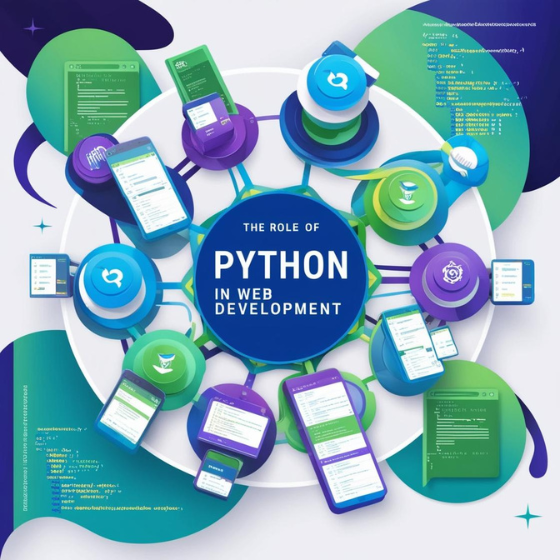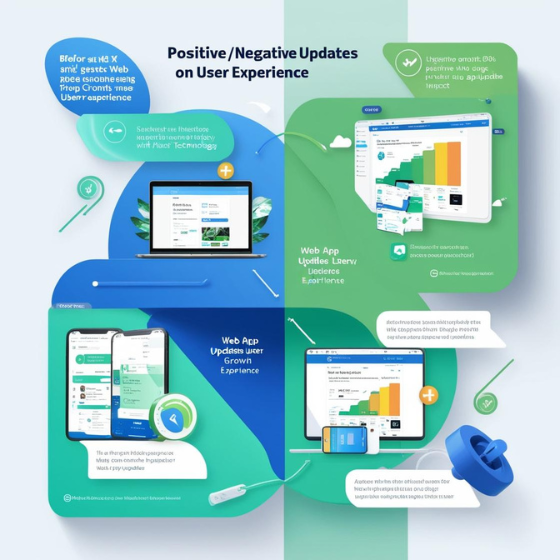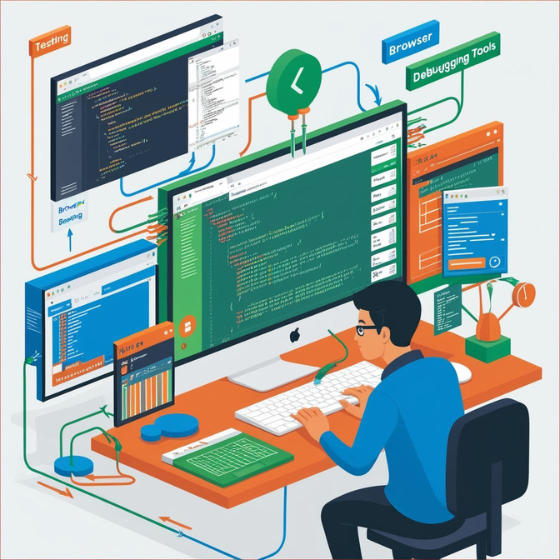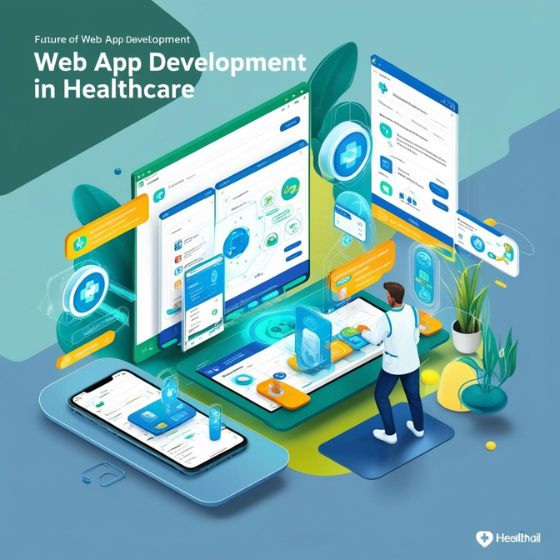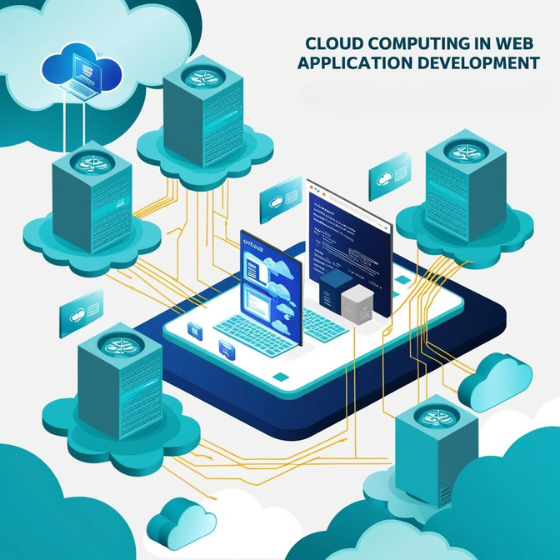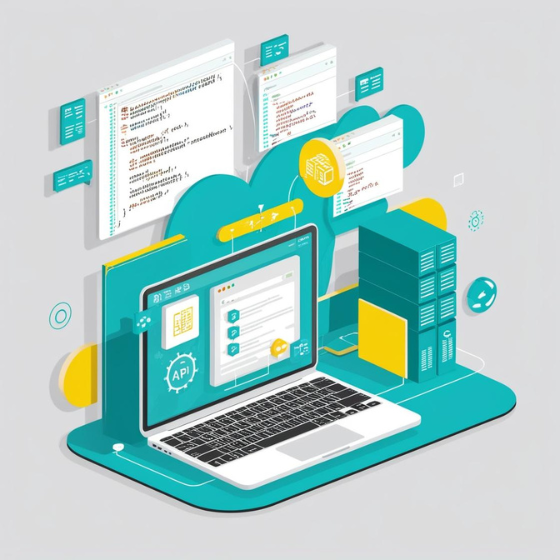As we venture further into the digital age, web app development continues to evolve at a rapid pace. The year 2024 brings with it a slew of exciting trends that are set to redefine how we interact with technology and the internet. In this article, we’ll explore some of the most significant trends in web app development for 2024, providing insights into what businesses and developers can expect.
1. Progressive Web Apps (PWAs) Taking Center Stage
Progressive Web Apps (PWAs) have been gaining momentum over the past few years, and 2024 is no exception. PWAs combine the best of web and mobile apps, offering offline functionality, fast loading times, and a native app-like experience. With the ability to work seamlessly across different devices and platforms, PWAs are becoming the go-to choice for businesses aiming to provide a superior user experience.
Key benefits of PWAs include:
- Offline Capabilities: Users can access content and perform actions even without an internet connection.
- Improved Performance: Faster loading times and smoother interactions.
- Cross-Platform Compatibility: One codebase for multiple platforms, reducing development time and costs.
2. Enhanced Security Measures
In 2024, security remains a top priority in web app development. With the increasing number of cyber threats, developers are focusing more on integrating robust security measures into their applications. This includes advanced encryption techniques, multi-factor authentication (MFA), and secure coding practices to protect sensitive data.
Emerging security trends include:
- Zero Trust Architecture: Implementing strict identity verification processes.
- AI-Powered Security: Using artificial intelligence to detect and respond to threats in real-time.
- Enhanced User Privacy: Ensuring compliance with data protection regulations like GDPR and CCPA.
3. Artificial Intelligence and Machine Learning Integration
Artificial Intelligence (AI) and Machine Learning (ML) are revolutionizing web app development. In 2024, the integration of AI and ML is expected to become more prevalent, offering enhanced user experiences and improved functionality.
Applications of AI and ML in web development:
- Personalization: Delivering personalized content and recommendations to users.
- Chatbots and Virtual Assistants: Providing 24/7 customer support and enhancing user engagement.
- Predictive Analytics: Analyzing user behavior to predict future actions and optimize app performance.
4. The Rise of Low-Code and No-Code Platforms
Low-code and no-code development platforms are democratizing web app development by allowing non-developers to create fully functional applications with minimal coding knowledge. These platforms provide pre-built templates, drag-and-drop interfaces, and easy integration with various services.
Advantages of low-code/no-code platforms:
- Speed: Rapid development and deployment of web apps.
- Cost-Efficiency: Reduced need for a large development team.
- Accessibility: Empowering business users and non-technical staff to contribute to app development.
5. Voice Search Optimization
Voice search is becoming increasingly popular, thanks to the proliferation of smart speakers and virtual assistants like Alexa, Siri, and Google Assistant. In 2024, optimizing web apps for voice search will be crucial for improving accessibility and user experience.
Strategies for voice search optimization:
- Natural Language Processing (NLP): Ensuring content is optimized for conversational queries.
- Structured Data: Implementing schema markup to help search engines understand content better.
- Mobile Optimization: Ensuring voice search functionality works seamlessly on mobile devices.
6. Serverless Architecture
Serverless architecture, also known as Function as a Service (FaaS), is gaining traction as a way to build and deploy applications without managing server infrastructure. This approach allows developers to focus on writing code while the cloud provider handles server management, scaling, and maintenance.
Benefits of serverless architecture:
- Scalability: Automatic scaling to handle varying workloads.
- Cost Savings: Pay-as-you-go pricing model reduces costs.
- Reduced Operational Overhead: No need to manage servers or infrastructure.
7. Motion UI for Enhanced User Experience
Motion UI, which involves the use of animations and transitions to enhance the user interface, is set to become a major trend in 2024. By incorporating motion design, developers can create more engaging and interactive experiences that capture users’ attention and improve usability.
Examples of motion UI elements:
- Microinteractions: Small animations that provide feedback and guide users.
- Loading Animations: Keeping users engaged during loading times.
- Transition Effects: Smooth transitions between different states and pages.
8. API-First Development
API-first development is becoming a standard practice in web app development, focusing on building robust and scalable APIs before developing the front-end interface. This approach ensures that the back-end services are well-defined and can be easily consumed by different client applications.
Key advantages of API-first development:
- Consistency: Ensures uniformity across different platforms and devices.
- Scalability: Makes it easier to add new features and integrate with third-party services.
- Improved Collaboration: Enables parallel development of front-end and back-end teams.
9. Advanced Development Tools and Frameworks
The web development landscape in 2024 is characterized by the emergence of advanced tools and frameworks that streamline the development process. Popular frameworks like React, Angular, and Vue.js continue to evolve, offering new features and enhancements.
Notable development tools and frameworks:
- Next.js: A popular framework for building server-side rendered React applications.
- Svelte: A compiler that generates highly optimized vanilla JavaScript at build time.
- Tailwind CSS: A utility-first CSS framework for rapidly building custom designs.
10. Focus on Performance Optimization
Performance optimization remains a critical aspect of web app development. In 2024, developers are leveraging various techniques to ensure fast and efficient web applications that deliver a seamless user experience.
Performance optimization strategies:
- Lazy Loading: Loading content only when needed to reduce initial load times.
- Code Splitting: Breaking down large bundles of code into smaller chunks.
- CDN Usage: Using Content Delivery Networks to distribute content globally and reduce latency.
Conclusion
The trends in web app development for 2024 reflect a continued emphasis on user experience, security, and efficiency. From the rise of PWAs and serverless architecture to the integration of AI and voice search optimization, these trends are shaping the future of web development. Businesses and developers who stay ahead of these trends will be well-positioned to create innovative and impactful web applications that meet the evolving needs of users. At Sodio Technologies, we are committed to embracing these trends and delivering cutting-edge web app solutions that drive success in the digital era.

